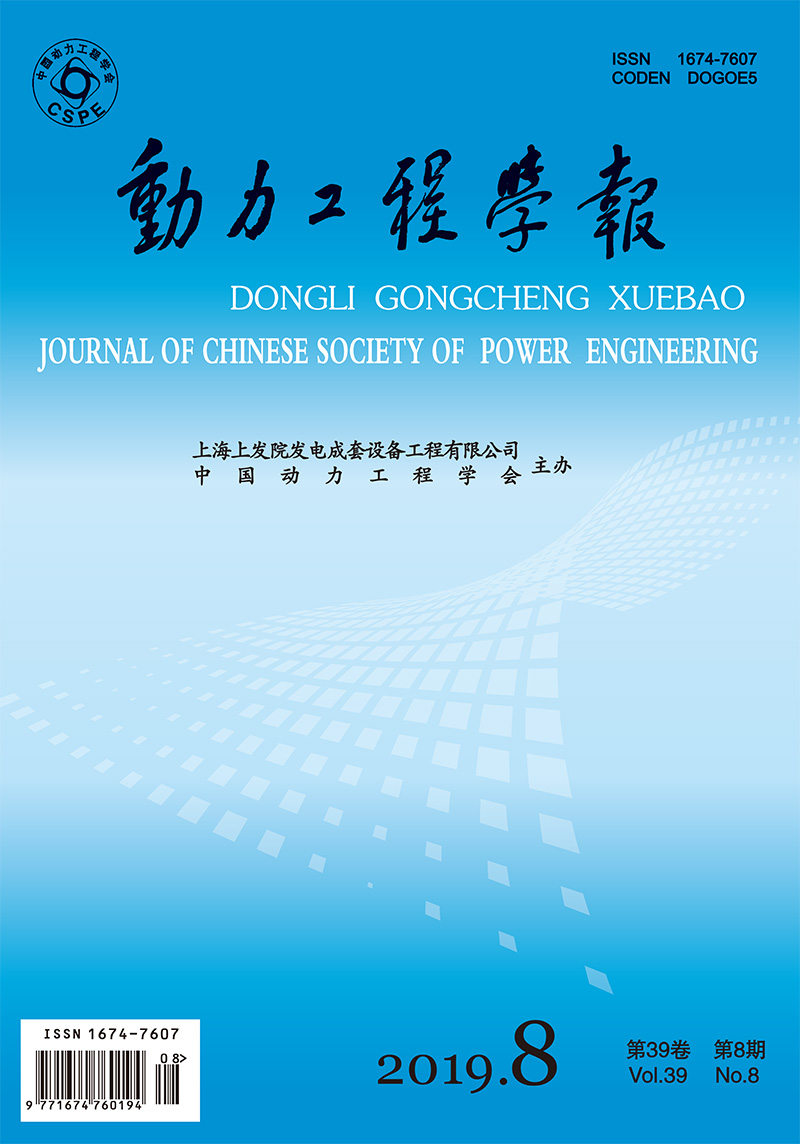DENG Yonghao, ZHANG Lixin, LIU Jingnan, GAO Ming, WAN Qian, WANG Zhixiao, YUAN Guang, WANG Lisha
2019, 39(8): 686-692.
To deal with the cooling system failures caused by an emergency or a disaster that might lead to extreme accident due to cooling pool boiling resulted from heavy heat accumulation, 4 kinds of vehicle cooling solutions were designed to release the heat load from a certain constant heat source to be cooled, and the 4 schemes were subsequently compared in the aspect of space heat ratio, cost heat ratio, air heat ratio and water consumption heat ratio, etc., so as to find their fault factors. Results show that the fault factor of the solution with air cooler and evaporative cooler seriesly connected in stable temperature period is 7.43% higher than that in temperature reduction period. With the pool temperature reducing, the fault factor of the solution with two evaporative coolers in series connection without previous spray in the former cooler would drop by 10.53%. The fault factor of the only evaporative cooler solution is the lowest in the case with backflow water pre-cooling, which is believed to have the highest techno-economic effectiveness when water consumption is allowed in a certain degree. But when water consumption is not allowed, though the only air cooler solution has the highest space heat ratio, cost heat ratio and air heat ratio, it is still irreplaceable because of the zero water consumption heat ratio.
